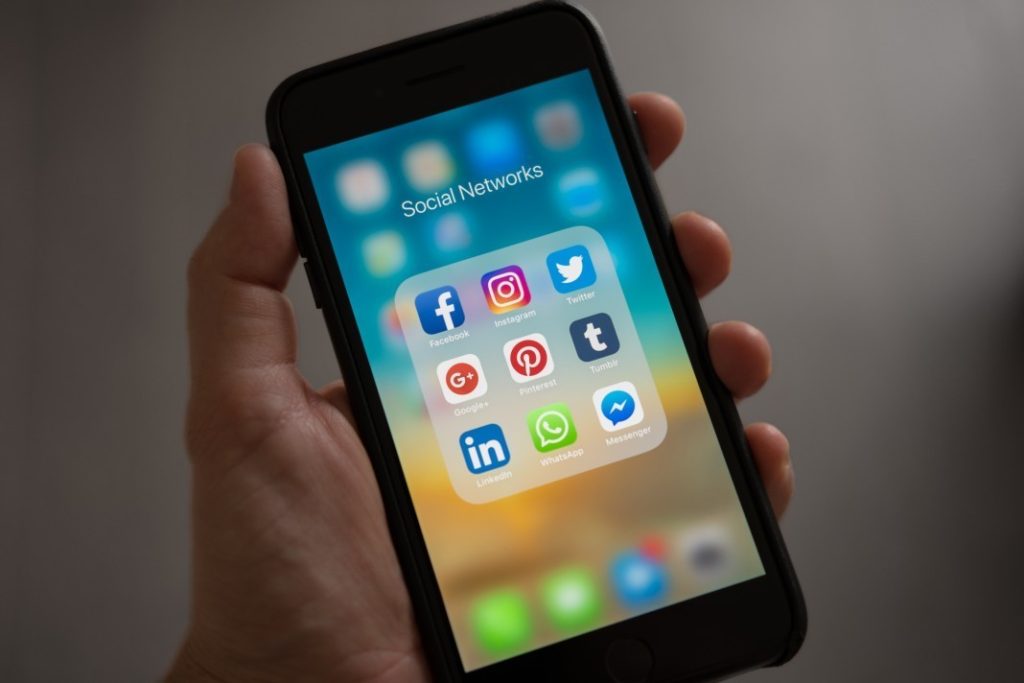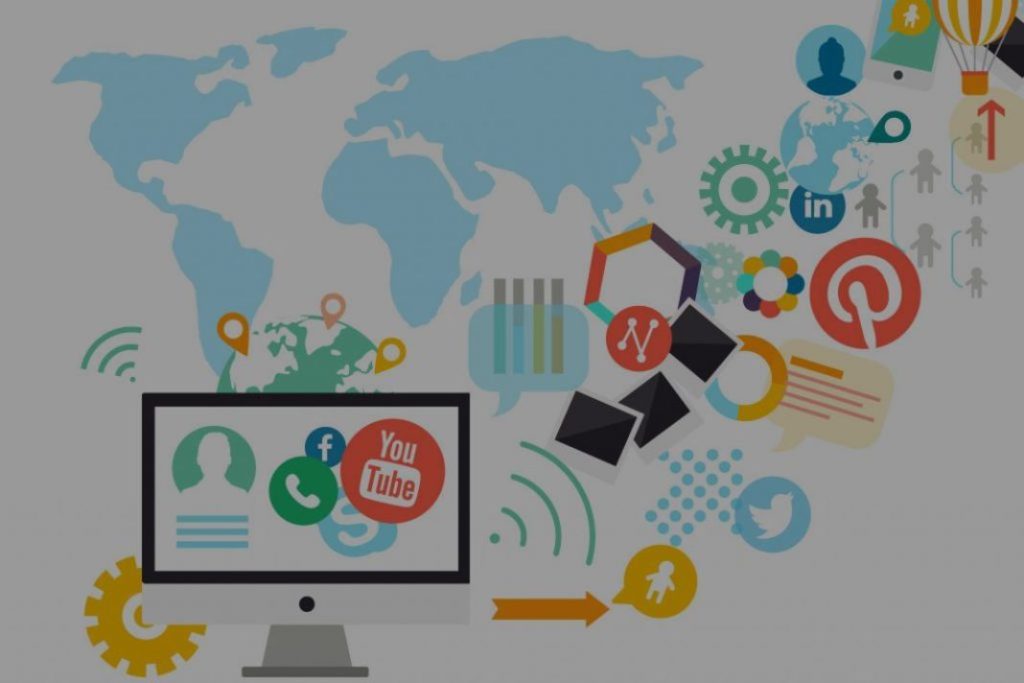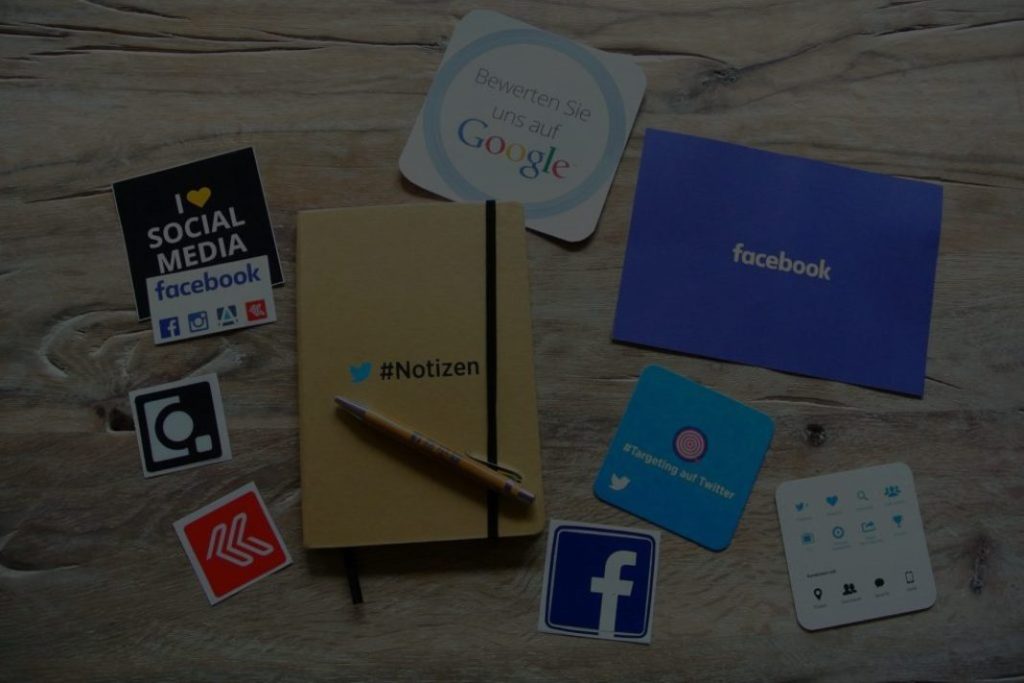How (Social, Local & Mobile) Content Strategy Aids B2B Marketing
A SoLoMo (Social, Local & Mobile) content strategy can help B2B marketers create a more effective, targeted, in digital marketing.

Social Media Marketing, Targeting Local Audience and Mobile Marketing are the three most important marketing strategies in the B2B world today.
SoLoMo refers to an integrated approach that involves the targeting of buyer personas across social media platforms, targeting local audiences & mobile marketing for the purpose of acquiring new customers for B2B businesses & retaining existing ones.
Almost everyone these days is familiar with common SoLoMo tools like Foursquare, AroundMe, Yelp & Groupon. These tools are strengthening the convergence of collaborative social endeavors (both local & on-the-go technologies); empowering customers to share their views & are simultaneously also enabling marketers to gain the maximum out of their endeavors.
SoLoMo is an extension of hyperlocal search marketing. Marching forward from the conventional social strategies, SoLoMo marketing empowers brands to leverage omnichannel marketing so as to derive insights from marketing strategies in real-time. The information obtained from social media is examined and combined with information about potential consumers’ past browsing habits and purchases as well as their demographic, technographic, firmographic, psychographic, and “fit-data” characteristics.
Thus, marketers are able to generate meaningful & relevant content for prospects to optimize sales conversions.
Let’s dissect each of the three pillars of a SoLoMo content strategy:
1. Social Marketing:
According to a Global Digital Report published in 2019 by Hootsuite.com, the total number of social media users worldwide is 3.484 billion, with an annual upsurge of 9% over the year.
Social Media is a powerful tool for marketers. With the increase in the number of users on social media & with the development of automated & semi-automated tools to harness data from social media platforms, social media has now become an invisible platform for acquiring, nurturing & converting leads.
2. Local Marketing:
According to a study by Salesforce, Geofencing is a technology that is compatible with 92% of the U.S.A smartphone users & 80% of the mobile users are interested in receiving alerts from the business companies of their interest over mobile. Geofencing relies on a perimeter-based targeting of the personas, wherein, any user who has opted-in for advertising & has provided his consent for the mobile-based targeting is served with location-specific & his interest oriented pieces of content to compel him to take quick action, mitigating sales’ conversions.
While geofencing facilitates targeting prospects with specific pieces of content when they enter a particular location; proximity beacons automatically send highly-targeted pieces of content to mobile-users nearby & geotargeting focuses on serving prospects with hyper-targeted pieces of content on the basis of their geography.
3. Mobile marketing:
Mobile is an essential tool for coalescing geofencing, proximity beacons & geotargeting endeavors.
According to a study by 99firms.com, 80% of the internet users own a smartphone & 67% of them check emails only on their mobiles.
Thus, mobile marketing is an important tool for B2B marketers. The look & feel of the mobile website plays a crucial role in generating conversions & driving traffic on the website. Several marketing strategies such as App-based targeting, SMS marketing, QR code marketing & In-game mobile marketing are designed exclusively to target the users using mobile devices.
5 Methods To Get The Best Results When Incorporating A SoLoMo Content Strategy:
1. Research On Customer Search Behavior:
Researching customer search behavior allows B2B companies to create hyper-targeted pieces of content. Prospects with buying intent show several different research methodologies that can also be used to segment them & then, based upon the respective stages of their individual buying-cycles, targeted content can be used to expedite their journeys through the sales funnel & boost sales conversions.
A report from the Nielsen Company depicts the following insights:
- 66% of prospects use a tablet to research before they make a purchase & 57% use smartphones
- 73% of prospects locate the store using smartphones while 42% use a tablet
- 62% of prospects use smartphones to check prices while 52% of them use a tablet
- 56% of prospects use a tablet to read reviews whereas 45% of them use smartphones for the same purpose
So through analyzing the device platforms used by the prospects (desktop, mobile, tablets, etc.) marketers get an insight into the preferred device types that are being used by a niche-specific audience. Tracing the researching habits of the prospects, their preferred devices for various researches viz. – mobile, desktop or tablets, the psychographic analyses of the prospects as well as their past purchase history along with the demographic, technographic, firmographic, fit-data & the intent-data of the prospects helps marketers in designing hyper-targeted pieces of content to achieve their bottom-line goal of Conversion Rate Optimization (CRO).
Gaining insights on the age groups which use specific device platforms to research & draw trends about their researching habits can give marketers an insight into the researching habits of their prospects.
When designing a content strategy, the marketers as well as the content strategists should keep in mind that videos are an indispensable part of their content strategy. In fact, 52% of the marketing professionals worldwide consider videos as the type of content with the best Return on Investment (ROI) (Source: Renderforest.com).
2. Make Customer “the King”:
A research report by Deloitte depicted that customers expect transparency, control & personalization & therefore, giving customers full control over their research methodologies as well as buying decisions instills a sense of ease & trust which helps in optimizing conversions.
Many studies have shown that potential customers prefer to use mobile phones during the initial stages of their respective buying cycles & gradually move to the desktop before making a final buying decision.
Smart B2B marketers need to empower customers more, leveraging the technics of omnichannel marketing so as to optimize their experiences to generate more conversions. Some of the ways of Conversion Rate Optimization by delivering phenomenal customer experience are as below:
- Offering cross-channel shopping options to customers & letting them know the additional benefits associated with the products alongside its primary advantages
- Facilitating interactions across omnichannel as per the convenience of the marketers
- Access to free WiFi at the business’s physical location can greatly aid in location discovery.
- Having printed brochures & magazines at the physical location of the company with details of the online information repository make a stronger & longer impact in the minds of the prospects, driving quicker actions
The marketers should try to track the individual buying cycles of separate clusters of personas as far as it is feasible & should try to audit it by delivering an exemplary customer experience at every stage of their individual buying cycles. Optimizing customer experience is an indispensable pre-requisite in order to optimize the revenue of the B2B brand.
3. Being Discoverable Across Omnichannel:
B2B marketers should be aware of their brand equity & leverage their brand resonance across omnichannel – to register & improve their online visibility. Marketers should always be mindful that establishing brand equity isn’t an overnight task, rather an outcome of constant endeavors:
- Sticking to the most relevant content strategies & the S.M.A.R.T (Specific, Measurable, Attainable, Relevant & Time-Bound) SEO practices to improve online rankings
- Optimizing the content by promoting it across omnichannel
- Optimizing the text color, size & style on the website as well as on the landing pages & optimizing the Call-To-Action (CTA) buttons
4. Social Listening & Reputation Management:
The marketers need to be aware of how their audiences are reacting to their products or services & specifically, what images do they hold about the brands at large. This can be done by Social Listening. The marketers should pay attention to how the prospects & the existing customers or even influencers, as a matter of fact, are talking & reacting about their brands on social media.
Text mining from reviews can facilitate figuring out hidden trends from the industry so as to create customized pieces of content to best suit the needs of the audiences.
Social Mentions, Howsociable & Google Alerts are some of the tools that can be used for social listening.
Reputation Management is as important as building brand equity, if not more. Reputation management involves a variety of on & off-page SEO strategies as well as relevant content creation, both of which go hand-in-hand.
Reacting & engaging with reviews about the brand – whether they be positive or negative on review websites like Yelp.com, Google.com, Yahoo.com as well as on social media websites such as Facebook.com & on the main website of the company, can aid in a big way to reputation building & management.
According to a report published by Status Labs, 58% of marketing executives believe that online reputation management is significant enough to be addressed but sadly only 15% actually do it.
Engaging with online reviews is an art that encompasses a deep real-time psychographic analysis of the reviewers, before any marketer decides to react to reviews online – negative ones in particular.
5. Optimizing The Content For Local Prospects & For Prospects In Other Targeted Geographies:
This is one of the most important SoLoMo strategies & involves acquiring, nurturing & optimizing content to best suit the need of a location-specific persona – local ones in particular & those belonging to other target geographical niches.
In fact, a study published by Keystone implies that 74% of online users look up to local services as activities to be prioritized using their smartphones.
Using geofencing, geotargeting & proximity beaconing for targeted marketing & amalgamating the key insights for a more impactful content strategy, coalescing the data from website analytics & first & third-party intent signals (demographic, technographic, firmographic, psychographic & fit-data as well researched methodologies of the prospects & their past buying history), help in creating hyper-targeted pieces of content for optimizing the Return on Marketing Investment (ROMI) as well as the Return on Investment (ROI) for the marketers.
To Sum It Up:
Assimilating essential elements of SoLoMo strategies with content helps the B2B marketers unveil imperative customer insights to get the maximum out of their marketing endeavors.
Constantly keeping an eye over the SoLoMo trends not only assists the marketers to generate impactful insights but also helps them build a perennial sales pipeline. Figuring out permanent & seasonal trends in business helps in molding the content strategies in order to generate optimized conversions. We, at Valasys Media, help our customers with content syndication & contact discovery services. Our hyper-targeted pieces of content help B2B marketers in achieving their bottom-line goal of Conversion Rate Optimization (CRO).



